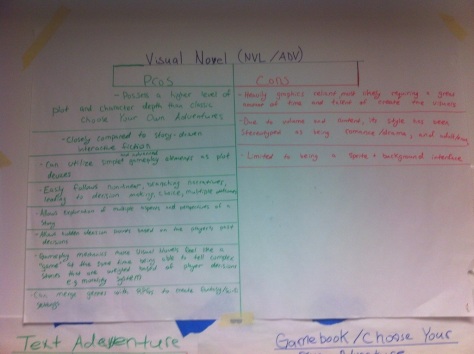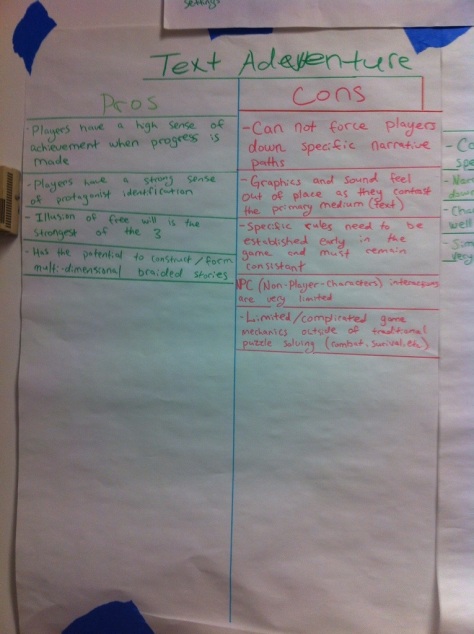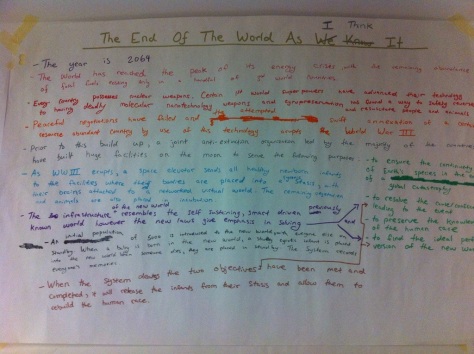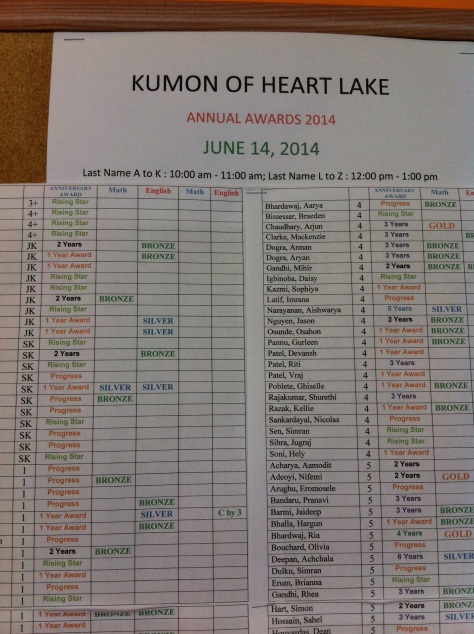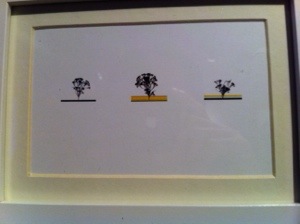Since the conclusion of my 4th year thesis project, I have been thinking about the role of narrative in media; in particular the relationship of how messages are portrayed, and how an audience actually perceives it.
Marshall McLuhan said “The medium is the message”. In that, how a message is perceived ultimately manifests itself in the form of how it’s delivored. However, this question of “how it’s delivered” is what separates a simple object and a sophisticated art piece.
In 4th year, I was lucky enough to be taught by Max Dean, and he once asked us: “When is an art piece complete?” Back then, I thought the answer was “when the artist feels that nothing further can be added to the piece to convey his idea or message further.” Now I know it’s much more than that. An art piece, whether an artist perceives it as a success or failure, is never independent of itself. Even a simple art piece is an extension of the artist, to the artwork, and to the audience. And when I say the artist, I mean every part of him/her.
An art piece doesn’t stop with the art piece. If that were the case, art would never produce an emotional impact. It is an invitation by the artist to share an important piece of the narrative that is part of their life, and a trust to an unknown audience that recieves it. That is why an artist is sensitive towards his art and why art is not meant for everyone.

